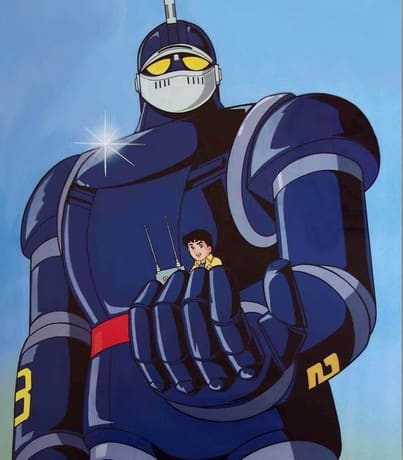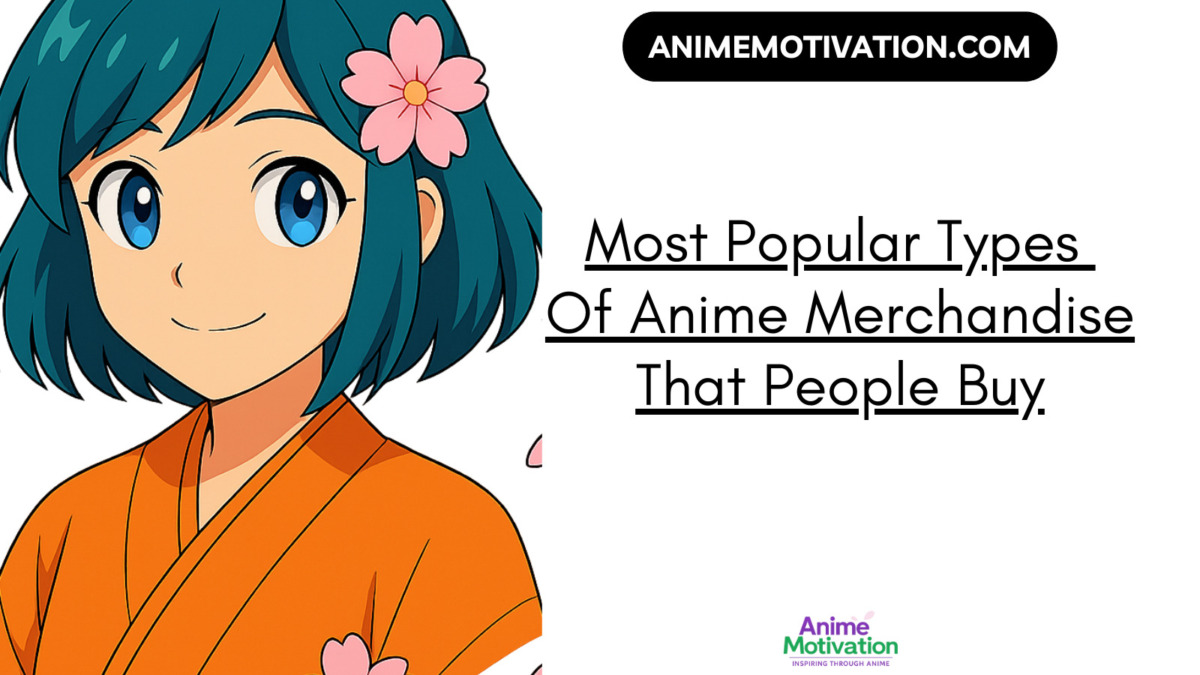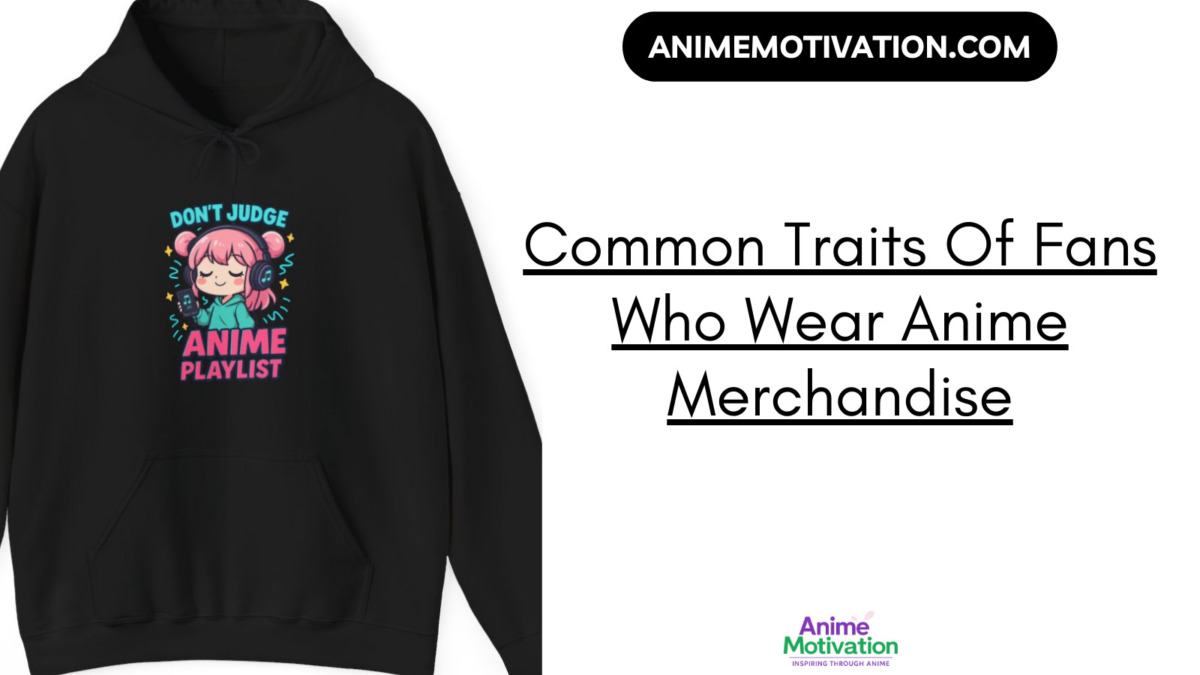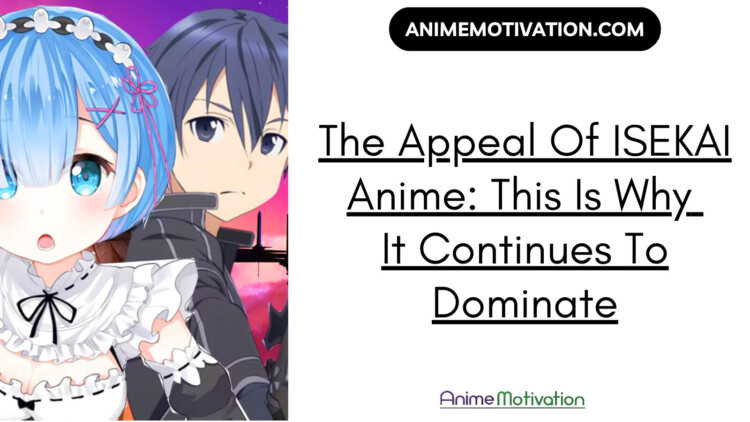Have you ever used Netflix to see a foreign language film? Even with the English subtitles that run along the bottom of the screen, it is challenging to understand what is happening.
Because of dubbing in several languages, viewers can understand, thanks to the film industry.
Dubbing is the technique of adding fresh dialogue or other sounds to an already-produced movie’s soundtrack.
When a foreign language is dubbed, the original dialogue is properly translated and synchronized with the lip movements of the actors.
How it started

The first and second Japanese animations to obtain official releases in the region were Magic Boy and The Tale of the White Serpent in 1961 when anime in the United States began.
Since then, anime has become increasingly popular, with Astro Boy frequently cited as the first to enjoy wide syndication, particularly in the United States.
A large part of anime’s continued importance to popular culture outside of Japan is attributed to its popularity in the US throughout the 1990s, known as the “anime boom.” While anime may have its roots in Japan, it now has millions of followers worldwide.
Since most anime series are produced in Japanese, they are dubbed for a global audience. However, anime dubbing is a form of art in and of itself because it requires a lot of work to give viewers a smooth entertainment experience.
The history of anime dubs and where they are today

Anime was created and written in Japanese since it has Japanese origins. This was a problem since anime had a significant impact on young people all around the world, not just those in Japan.
It was necessary to dub anime for it to be watched worldwide. More than a dozen languages have been dubs of Sailor Moon and Dragon Ball Z globally. The Japanese word “anime” refers to animation that originates in or is connected to Japan outside of Japan.
The “God of Manga,” Osamu Tezuka, produced Astro Boy (Tetsuwan Atomu), the first anime to gain popularity in the United States.
The NBC network broadcast the beloved robot boy-centred sitcom from 1963 to 1965 thanks to a deal negotiated by American producer Fred Ladd.
Astro Boy, which had 104 episodes dubbed into English and was popular in the US, paved the way for later Tezuka productions like Speed Racer and Kimba the White Lion.
The spaceship epics Battle of the Planets and Star Blazers were part of the second wave in the 1970s. Robotech, a complicated space drama, debuted in the 1980s, while Japanese animated films like Hayao Miyazaki’s Nausicaa (1984) and Katsuhiro Otomo’s Akira saw increasing popularity (1988).
In Akira, a grim, bloody future was depicted, demonstrating how animation could appeal to adults and children.
But these anime aren’t the first ones to be dubbed

Tetsujin 28-go, popularly known as The Gigantor, is recognized as the first anime to have ever been dubbed in English.
On Fuji Television in Japan in October 1963, the movie originally aired. The dubbed version wasn’t first aired in America until the following year. These films’ translations from the original Japanese language were never entirely right.
In the case of Dragon Ball Z, lines that weren’t initially written were inserted. Children’s anime dubbed by companies like 4KidsTV was modified and censored during translation.
In the 2000s, Toonami continued to air popular anime like Mobile Suit Gundam Wing, credited with single-handedly popularizing the Gundam franchise in the west, Dragon Ball GT, Dragon Ball GT, Rurouni Kenshin, Yu Yu Hakusho, .hack, Cardcaptors, and Tenchi Muyo even after the popular series Dragon Ball Z and Sailor Moon ended their runs.
Tenchi Universe, Tenchi in Tokyo, The 08th MS Team, One Piece, Mobile Suit Gundam SEED, Astro Boy, SD Gundam, Cyborg 009, IGPX, Bobobo-bo Bo-bobo, Outlaw Star, Hamtaro, and Naruto are some examples of popular anime.
On Toonami, Naruto was a huge hit and is still one of the most-watched anime series in the country. 2008 saw the end of Toonami, and Adult Swim, Cartoon Network’s late-night rival, started airing anime exclusively.
Cowboy Bebop was the first anime film to air on Adult Swim block, which debuted on Cartoon Network in 2001. Cowboy Bebop was a huge hit and continues to be Adult Swim’s longest-running anime series. Although Shin Chan and Super Milk Chan are comedies, Adult Swim mostly airs anime under “Action.”

Over time, Adult Swim experienced such growth in popularity that Turner Broadcasting decided to separate it from Cartoon Network and classify it as a separate network.
Spirited Away, distributed in theatres by Disney in 2002, was well-received enough to become the first anime movie nominated for and receive an Academy Award.
Since anime is an artistic medium, it should be translated into other cultures with creativity.
Undoubtedly, the anime market has expanded significantly, worth more than $17 billion globally. Because of this, it’s more crucial than ever to concentrate on anime dubbing and adapt the material to appeal to a wide audience.
Inappropriate voice transitions during dubbing can cause characters to lose their true identity. Sometimes the script is altered to fit the scene’s pacing, although doing so dramatically alters the meaning.
Anime dubs are advantageous in a practical sense because they always raise awareness of a certain asset. Dozens of anime series are true cultural phenomena in Japan, although they don’t enjoy international acclaim since they haven’t gotten localizations
The existence of an anime dub implies that a whole new market gets to enjoy this content. Even if a dub fails to reach expectations, it’s still wonderful because its international influence grows, and it can interact with a larger audience.
Simul-dubs are now expected rather than an aberration because of how much the dubbing industry has expanded. However, there are cult anime classics that receive dubs decades after they initially made their premiere.
The interval between the release of the anime and the dub’s creation can be so long that society’s standards of what is appropriate have changed.

When an anime’s dub attempts to exert too much control over the source content, it is usually a dangerous move. Rarely can a dub tap into an additional layer of meta-humour that wasn’t previously accessible.
Even while these Easter eggs are typically reserved for diehard fans, it’s nevertheless rewarding to use a dub to improve the source material.
Using Ocean Group’s original Vegeta English dub actor Brian Drummond to voice Copy-Vegeta in Dragon Ball Super is a brilliant illustration of this. Duelling between two Vegeta generations is made possible by this dub decision.
A well-liked manga series in Japan frequently inspires a comparable anime adaptation. Although it doesn’t guarantee that those who watch the anime will be familiar with the manga, readers can at least access it.
This process is not the same in North America, and it’s normal for an anime to acquire a localization before its manga.
Benefits of anime dubs
The popularity of an anime’s dub opens doors for the localization of its manga. If the popularity of the anime dub for some manga hadn’t shown that there is a market for the material, it is possible that the manga would never have been translated.
Not only that, but due to the diverse backgrounds of the voice actors who perform in anime dubs, there are many exciting career opportunities. Many aspiring voice actors who are new to the field or are switching from voice acting to video games can be found in anime dubs.
There is even a trend where well-known streamers are given a chance to voice anime characters. While watching new talent develop into voice acting legends is incredibly motivating, this strategy also draws in the audience these artists already have.
These fans might not have otherwise checked out an anime and had no idea how much they appreciate the medium.
The quality of the anime series is crucial in any dubbing project, but it’s still curious to see how much of a relationship exists between anime and Internet memes.

Anime references can be found in some of the most popular memes. However, strange dub lines and bad translations are more frequently used to create meme content.
Even though the number of memes accompanying an anime series is incidental, it’s still a technique to reach more people. Communities can sometimes only discover about a series by the memes created around it; without the dub, these memes might not have gained as much traction.
Conclusion
Any anime dub’s primary objective should be to faithfully reproduce the original’s tone and intended message.
There’s a tremendous deal of responsibility in such a project, and dubs naturally face the issue of how much of an original voice should be established and if it comes at the cost of the original series.
Some radical English dubs, such as Ghost Stories, ignore the storyline in favour of heightened silliness.
Fans of the original series may find this tactic irritating, but it occasionally draws attention to an anime that may otherwise be overlooked and fall into obscurity.
–
Have another topic idea? Share it in the comments!
Recommended Next:
The History Of Light Novels, And How They Came To Be
19+ Action Dubbed Anime That Will Leave A Good Impression

























